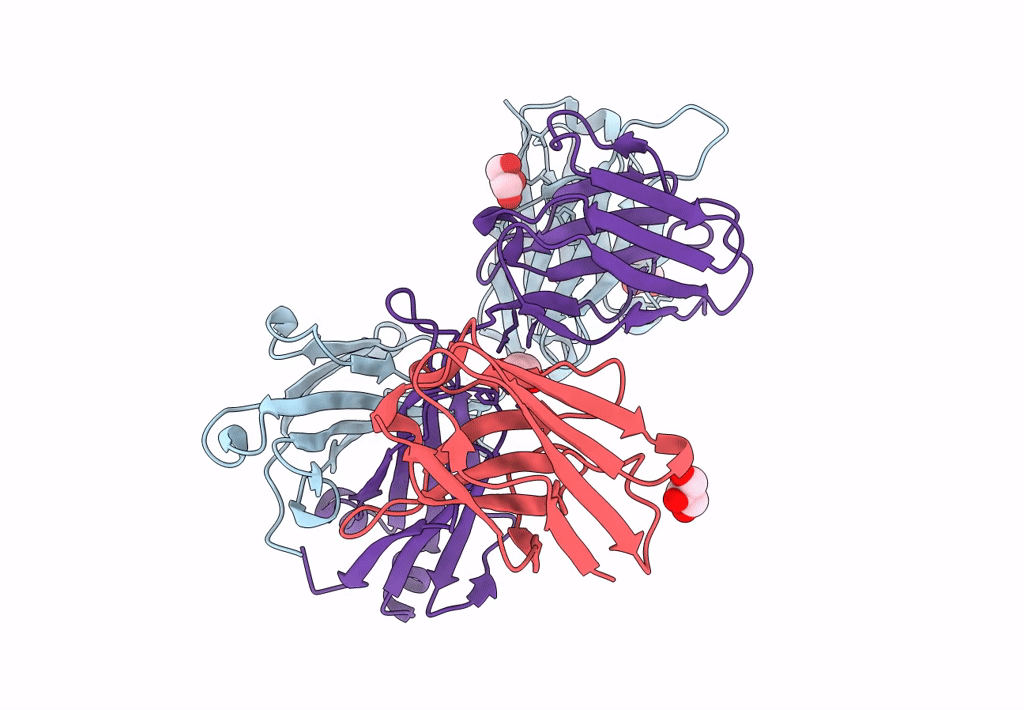
Deposition Date
2022-05-06
Release Date
2022-11-23
Last Version Date
2024-11-20
Entry Detail
Biological Source:
Source Organism:
Mus musculus (Taxon ID: 10090)
Lama glama (Taxon ID: 9844)
Lama glama (Taxon ID: 9844)
Host Organism:
Method Details:
Experimental Method:
Resolution:
2.00 Å
R-Value Free:
0.21
R-Value Work:
0.17
R-Value Observed:
0.17
Space Group:
I 41


